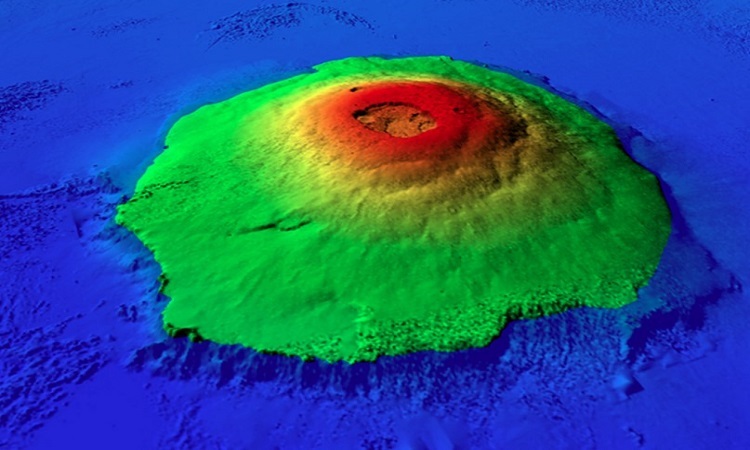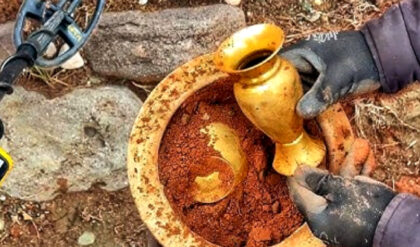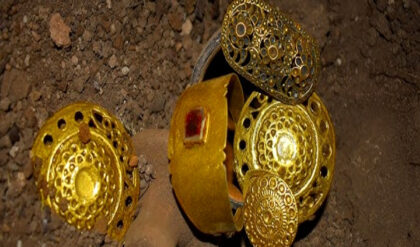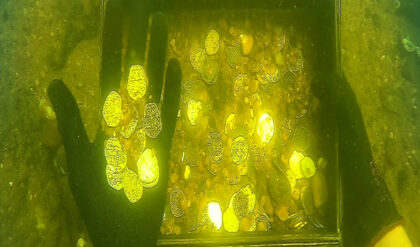
When Mars was young and wet billions of years ago, the massive Olympus Mons volcano may have resembled Earth’s Stromboli or Savai’I volcanoes, but on a much larger scale. A new analysis published in the journal Earth and Planetary Science Letters points out many similarities between Mount Olympus and active volcanic islands on Earth, providing more evidence of Mars’ past as a source of water, Science Alert reported July 27.
According to a research team led by geoscientist Anthony Hildenbrand of the University of Paris-Saclay in France, the upper edge of the steep 6 km-high cliff surrounding the Olympus Mons volcano was likely formed by lava that flowed into liquid water when The structure was an active volcanic island during the late Noahic and early Hesperian periods.
Olympus Mons is a 25 km high shield volcano that extends over an area as large as Poland. This is not only the largest volcano but also the highest mountain in the solar system. However, its base does not touch the ground like a gentle slope. Instead, at an altitude of about 6 km, there is a steep cliff that runs around much of the perimeter and drops directly to the surface. The origin of this steep slope remains a mystery.
Today Mars is very arid and dusty. Water on the planet’s surface exists only in the form of ice, with no rivers or oceans covering vast basins and craters. But researchers are finding more and more evidence that Mars once contained a lot of liquid water. Gale Crater, where the Curiosity rover operates, may have been a large lake billions of years ago.
Hildenbrand and his colleagues used the above data to reconstruct the scene around Olympus Mons. They observed similar shield volcanoes on Earth. In particular, they studied three volcanic islands, including Pico Island in Portugal, Fogo Island in Canada, and Hawaii Island in the United States. The team discovered that the coasts of these islands have steep cliffs, similar to the cliffs surrounding Olympus Mons. On land, these steep cliffs are the result of changes in the viscosity of lava due to temperature differences as it flows. goes from air to water. Therefore, researchers speculate that Olympus Mons was once a volcanic island surrounded by liquid water.
According to the research team, the height of the steep cliff could be the sea level that has disappeared. The period of lava flowing 3 – 3.7 billion years ago was when the ocean existed. “Future spacecraft specializing in sample collection or autonomous robots that can determine dates at various locations on Mount Olympus promise great research potential,” Hildenbrand and his colleagues concluded.





